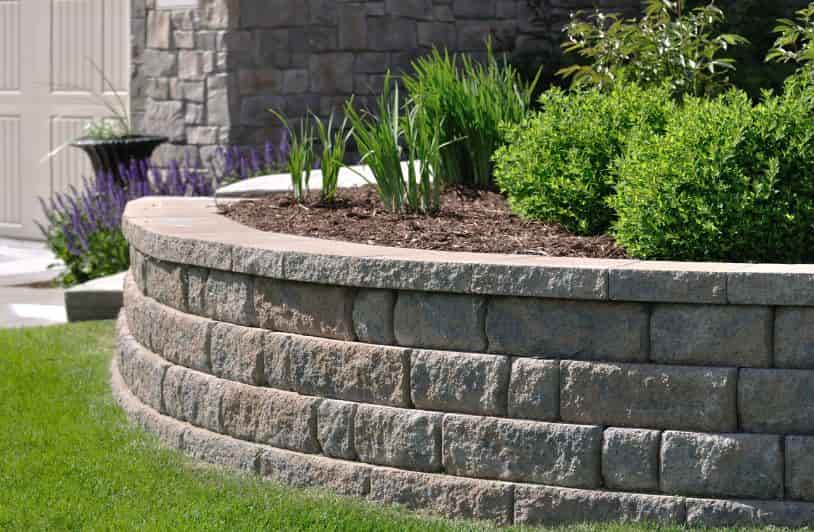You may be searching for retaining wall designs if you are looking to build a wall. This article will give you some design ideas and information about Permit requirements. Here are some examples of retaining wall ideas: Large stacked basalt boulders, trailing greenery, and railroad ties.
Decorative retaining walls
There are many styles of decorative retaining walls adelaide cost. You can choose one that matches your home’s architectural style, and also complements the surrounding landscape. You can also opt for a modern look by using stone veneers to create a unique design. Decorative retaining walls are a great way to make a statement in your yard and add safety to your home.
A timber retaining wall can look extremely beautiful and fit in with the style of your home if you’re on a tight budget. For an even cheaper option, you can use upcycled pallet wood.
Stacking stones are also a good choice for retaining walls. Stone walls are naturally durable and blend in with the environment. Also, they are a great option for rural locations because they don’t need much care.
A fire pit is another option for retaining walls. You can even match the materials for the walls and use them to build a fire pit as well. Just make sure to check your city’s building regulations on the height of the wall!
Another option is to use landscape timber. Landscape timber can look charming if the logs are in good condition. If you want a more sturdy retaining wall, poured concrete is another option. To complete the look, you need a concrete footing and weep holes.
There are many decorative retaining wall designs that you can choose from. A great retaining wall can increase the value of your house and make your front and back yards look amazing. It’s crucial to carefully plan your garden because of this.
Design ideas
Retaining walls are a versatile part to your landscaping. They can be both functional as well as beautiful. Design ideas for retaining walls should complement the style and architecture of your home. You may pick the ideal one for your property with the help of the following advice. Prices for retaining walls may change after publication.
One of the main purposes of a retaining wall is to retain soil and reduce flooding. This structure can also increase the value of your property. Potential buyers will be more interested in your property if it has a higher value. If you decide to sell your home in the future, you can even increase its value by using a retaining wall.
Design ideas for retaining wall may include integrating plants into the wall. You can create an outdoor patio or seating area by integrating plants into your retaining wall. To create a path through your sloping yard, you can add steps to your retaining wall. For homeowners looking to add a stylish and useful element to their landscape, these designs are fantastic. Drainage and compaction are also important to ensure that the wall does not sink.
Because they keep soil from escaping and causing erosion on high terrain, they are essential for outdoor spaces design. Retaining walls are a great way to create beautiful views and increase the aesthetic appeal of your outdoor space. A well-planned and executed retaining wall can be the focal point of your landscaping plan by landscapers.
Permit requirements
Before you begin building your retaining walls, be sure to understand the permit requirements. In most counties, you need a permit for walls higher than three feet. According to the 2012 International Building Code, you need a permit for retaining walls more than four feet high. NCMA standards are similar to the ones found in the International Building Code.
Depending on your location, there may be other requirements. If you don’t know the requirements of building codes for retaining walls, you should consult a geotechnical engineering. You can also seek assistance from the Planning and Zoning Department. Additionally, you should get a permit for any drainage facilities you plan to build.
Permits for retaining walls are available from $20 to $60. A standard cinderblock wall will cost between $10 and $12 per square foot, while a concrete wall will almost double that amount. The cost of labor is usually about $25 per square foot. You might think about enlisting the assistance of your friends or neighbors to finish the project. If you’re constructing a shed or another construction of a similar nature, you might not always need a permit.
State requirements for retaining wall designs vary. The wall must meet the requirements of the local building code. It must also be structurally sound, and properly drain. If the wall is part of a fence, the owner must ensure that the fence is secure without restricting access to adjacent property.

